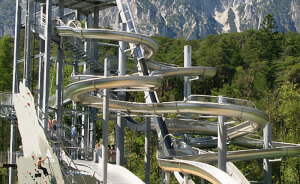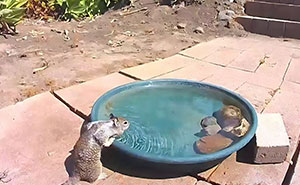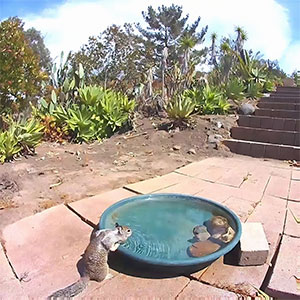Every day, they share fascinating trivia, building a collection that now includes over 10,000 unique facts. While it was tough to pick from so many, we’ve rounded up some of their most interesting posts below. Scroll down to check them out and upvote your favorites! More info: Website | Facebook | YouTube The brain does this by forming new connections between neurons and strengthening or weakening existing pathways—a process otherwise known as neuroplasticity. As you grow older, your brain continues to adapt. The more you challenge yourself and learn, the more your brain evolves and stays “plastic,” or flexible. However, he made one major mistake in his claim: “In adult centers the nerve paths are something fixed, ended, immutable. Everything may die, nothing may be regenerated.” “This has led to the myth that the brain reaches some point in early adulthood after which it never changes, except to go downhill as we age!” writes Ross Cunnington, Professor at the School of Psychology and Queensland Brain Institute at the University of Queensland, Australia. “The brain is never ‘fixed, ended, and immutable,’ but continues to change with learning throughout all of life.” However, your brain does produce new neurons through a process called neurogenesis, but only in a very small—yet important—area known as the hippocampus, which plays a key role in memory and learning. While this research is relatively recent, much remains to be discovered about the function of these new neurons, according to Cunnington. Certain parts of the brain control movement and our sense of touch, so if someone damages the motor area of their brain—such as from a stroke—they will struggle with movements related to the affected area, explains Cunnington. “Damaged neurons do not heal or regenerate and new neurons never grow in this part of the brain, but nonetheless people can regain control of their movements,” he says. “With rehabilitation and repeated training of the weak movements, undamaged areas of the brain can remap their connections to take over function from the damaged areas.” Brain stimulation can take on many forms—picking up a new language, learning to play an instrument, traveling to new places, or even just taking a different route home from work. Follow Bored Panda on Google News! Follow us on Flipboard.com/@boredpanda! Please use high-res photos without watermarks Ooops! Your image is too large, maximum file size is 8 MB.





































































































































































